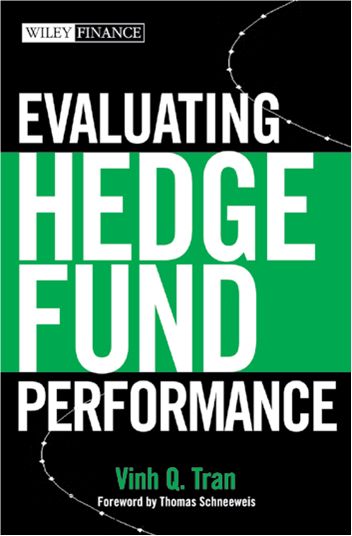July 16, 2010 – The stock market has been experiencing severe mood swings, going up and down from one day to the next. After reaching the highest levels since the bottom last March, the key market indices crashed into bear market territories in May and June upon discovery of the not-so-secret fiscal mess of the PIIGS countries. (It took video shots of street protests, bank burning, and people killed for global equity markets to notice that Greece has long been insolvent!) Since then, stocks have alternated between strong rallies and sharp declines, cheered on by pundits on public TV, and beat-the-estimates earnings announcements of market favorites like Apple, only to feel depressed by lousy economic statistics, as if the bleak economic outlook is a surprise.
To be fair, what else is there for pundits to say to attract stock buyers? After all, credit is cheap, (if you can get it and only big banks have ready access to it for their proprietary trading, courtesy of the Fed), bond yields are near all-time lows, and Fed funds are virtually zero. “It’s the liquidity, stupid!” as it was often said about Japanese stocks in the late 1980s when no other explanation would make sense. Besides, dividend yields are high; at its low points in June, dividend yields on S&P 500 exceeded 2%, beating 5-year Treasuries. The bank stocks did even better, surpassing the 4% yields on 30-year Treasury bonds. Only if you can lock in the dividend yields! (That, you can do with bonds, but not with stocks, which can lose value. How comes this crucial detail is never apparent?)
So for now, big players can make millions (change that to “b” like in “billions”) and if the economy hits a wall as widely expected in the second half, well, it can be dealt with later; they can always sell out at the drop of a hat if things go bad. (Will retirees, savers, and long-term investors get out of the stampede in time, and avoid being crushed as they had been in 2008?) On this, they have a booster in none other than Fed Chairman Bernanke. In a June testimony to the House Budget Committee, the Chairman confidently stated "[t]he economy ... appears to be on track to continue to expand through this year and next."
Let us all hope the Chairman’s confidence is justified. Our futures depend on it.
Unfortunately, earnings news is not that rosy and economic statistics continue to deteriorate and the odds of a double dip increase with every piece of economic news.
After bidding up prices for a week in anticipation of strong earnings, stocks tumbled badly today, losing 2%, with earnings from Google, Bank of America, and others falling short of expectations. The Dow now teetered on the brink of the key 10,000 level and the 300-day moving average.
Bad news on the economic front continues to pile on, though largely has been much shrugged off by the market –“Stocks are in a bull run,” so say a number of strategists. Retail sales, a key barometer of consumer spending which accounts for two-thirds of the economy, fell in June for the second time in a row. The Michigan consumer sentiment index slumped in July to the lowest level in a year.
It is not difficult to understand why consumers are not in a good mood. The unemployment rate hovers just under 10% with little prospect of improving. If anything, this indicator understates the severe weakness of the labor market for it does not account for the record and increasing number of part-time workers and the discouraged who are not counted as participating in the labor force. At the same time, consumer wealth has shrunk with declining stocks and house prices, amid mountains of debt at the household, state, and Federal levels.
But the bad news can get worse. In previous comments, I have pointed out to the continuing decline of the inflation rate, whether measured by the Consumer Price Index or other ways. In June, CPI declined 0.1%, month-on-month, for the third time in a row. Year-on-year, it rose a mere 1.1%. Since the beginning of the year, CPI less food and energy has been below the Fed’s informal target of between 1.5% and 2.0%. Last three months, this index has dipped below 1%. Other inflation indicators pretty much tell the same story. GDP deflator has languished at 0.6% last three quarters. The core deflator of Personal Consumption Expenditure market prices (less food and energy) has been falling off the last few months. Rises in PPI have softened. The Reuters/Jefferies CRB index has also trending down since the beginning of the year.
What does all this mean? Paul Krugman in his piece Trending Toward Inflation in last Sunday NYT says “…deflation isn’t some distant possibility — it’s already here by some measures, not far off by others.” “The United States and Europe are heading toward--and Japan already suffers from--deflation, a classic prolonger of crises that boosts the real burden of debt and crushes profit margins,” John Makin of the American Enterprise Institute said in his July piece “The Rising Threat of Deflation.”
Anyone who is in doubt about the devastating effects of deflation needs only to look at Japan and its stock index Nikkei 225 in the last twenty years, which has come down from 38,916 to below 9,500 currently.
Unfortunately, as Makin observed in the same article, policy makers are ignoring deflation risks. Along the same lines of my June 22 comments, he said, “The G20’s newfound embrace of fiscal stringency only adds to the extant deflation pressure.”


